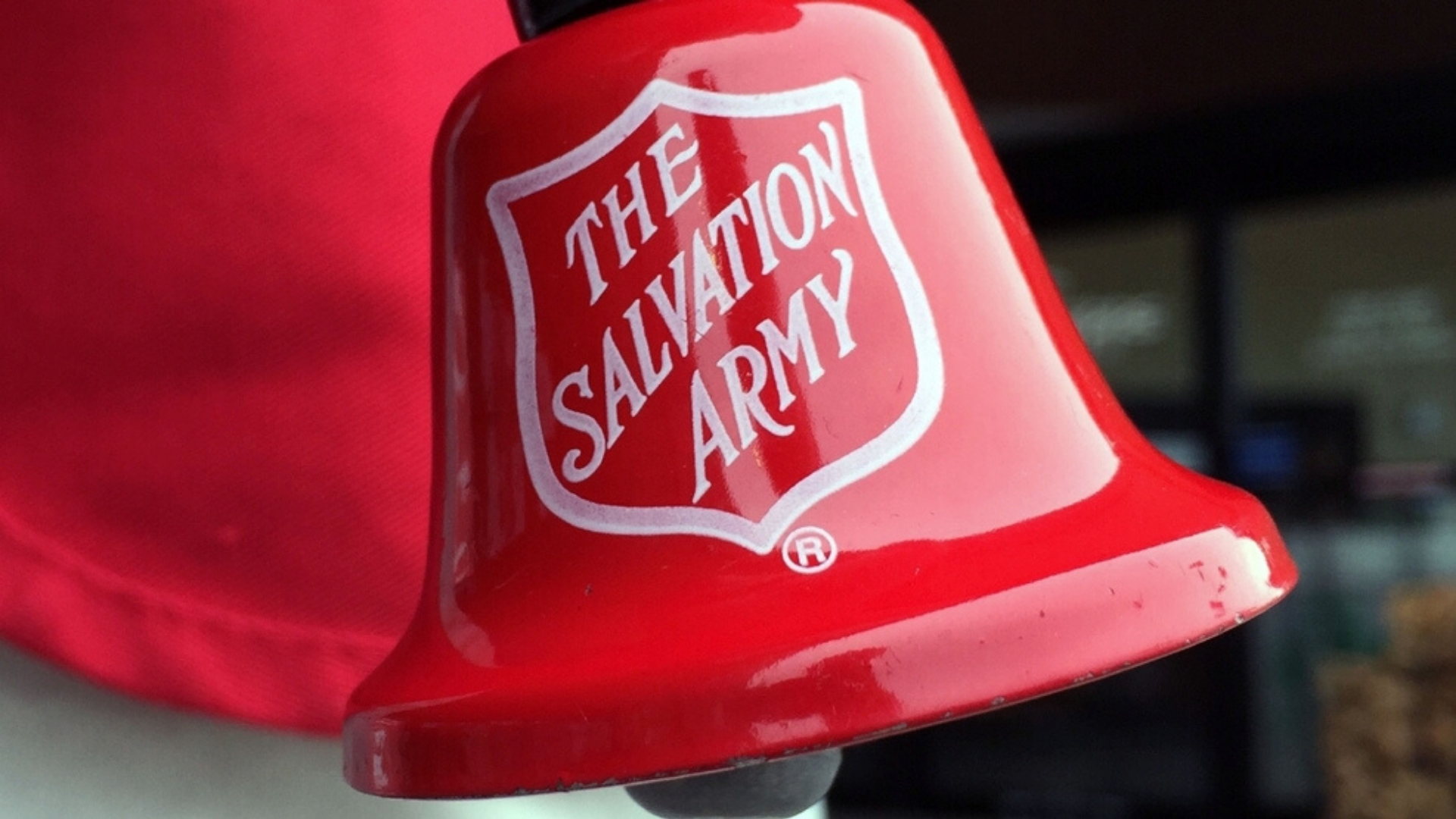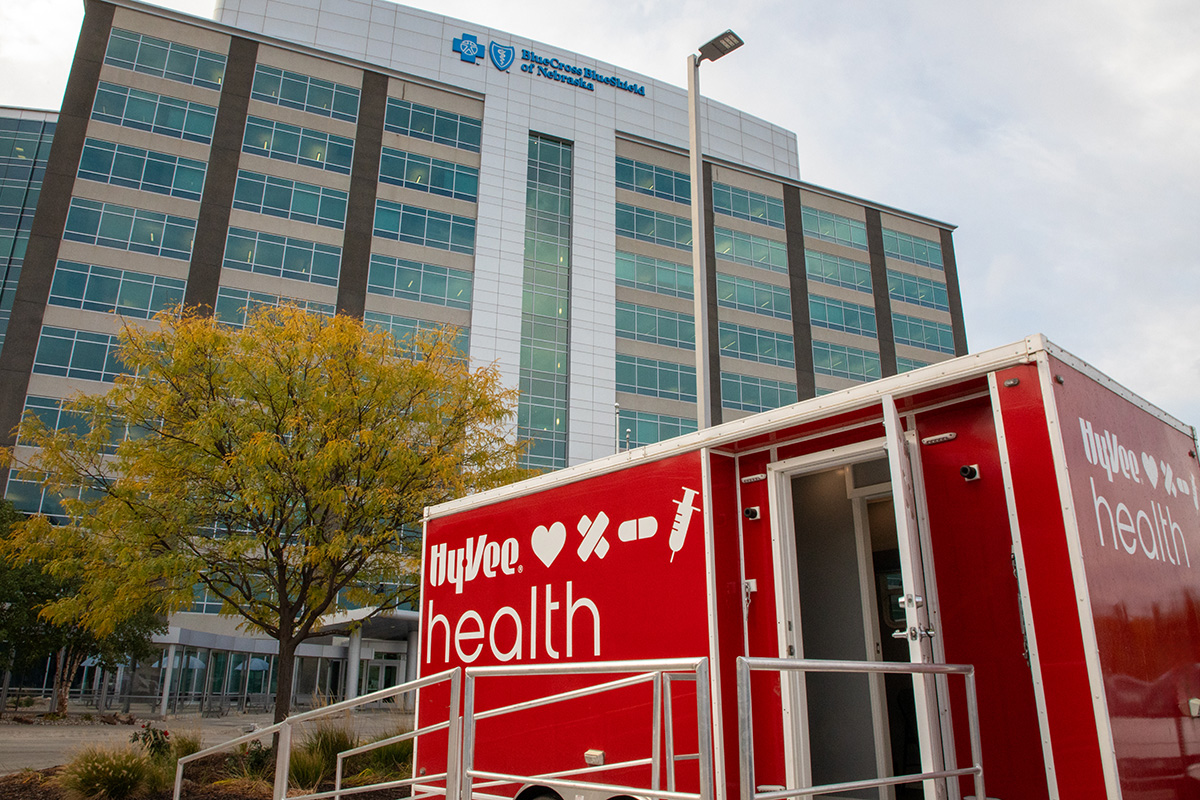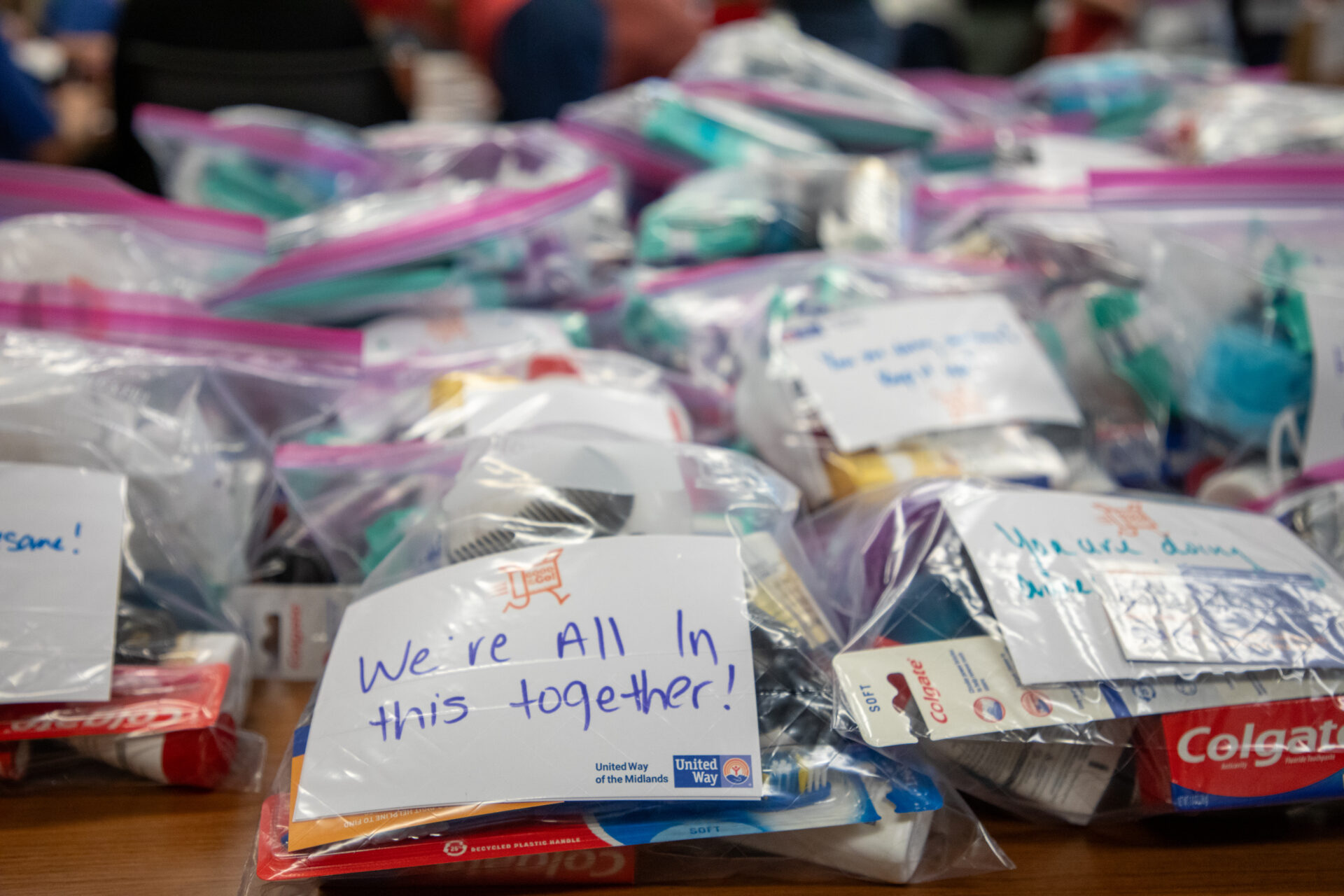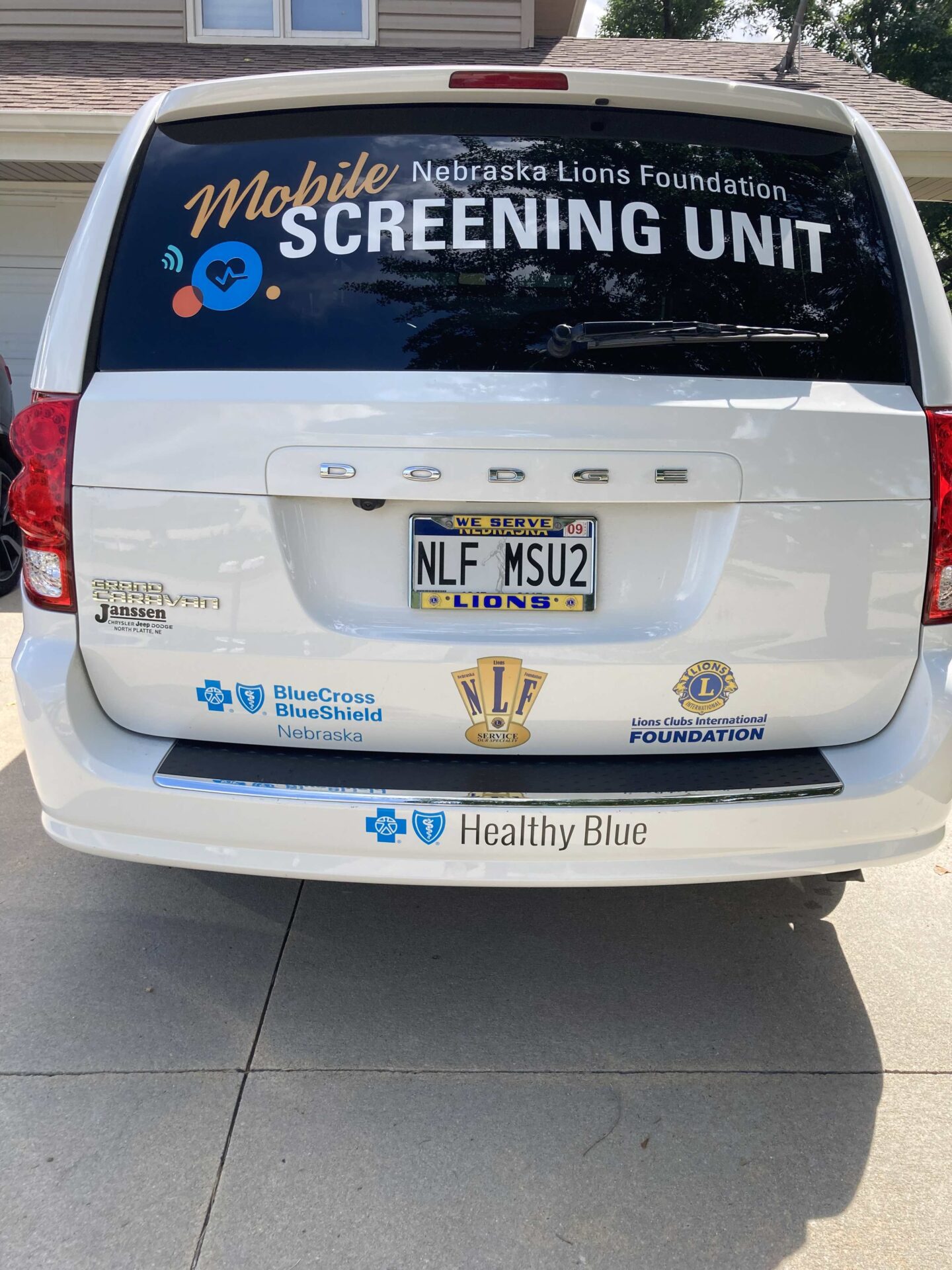As a physician, I’ve prescribed thousands of doses of narcotics for pain. It’s a responsibility I take seriously.
Opioids, including prescription opioids and heroin, killed more than 33,000 people in 2015, according to the Centers for Disease Control and Prevention — more than any year on record. Nearly half of all opioid overdose deaths involve a prescription opioid.
I want to assure you much is being done to stop opioid abuse in Nebraska.
There are ongoing efforts like those at the Methodist Pain Management Center. Patients who are on long-term narcotic pain management sign a pain contract. The 14-page, 55-bullet point document outlines an agreement the patient makes with the prescribing doctor. Here are just a few of the stipulations:
» Be seen by the doctor every three months.
» Seek no other narcotic prescriptions from other physicians.
» Submit to random testing.
The contract is a permanent part of the patient’s medical record, and if he or she violates the terms, the doctor can terminate care.
Top state officials recently launched a public information campaign, hoping to prevent Nebraska from the epidemic.
The State of Nebraska is also doing its part to prevent opioid abuse with the Prescription Drug Monitoring Program (PDMP).
Since Jan. 1, controlled substances dispensed in Nebraska are reported by all state pharmacies and mail-order pharmacies. The goal is to find out how many opioid pain medications a patient has been prescribed and when the medications were dispensed.
This is important, because sometimes when a patient is prescribed a narcotic pain medication, the physician may not be aware of other controlled substances the patient is taking or has access to. It also tells the physician if the patient has recently filled a narcotic medication and if they may be at risk of having too much available, thus hopefully preventing an overdose.
Physicians will be aware of the medications prescribed, by whom, in what quantities and over what time frame. This will hopefully open up honest communication about how to use the medication and if a new prescription should be issued.
The program will also identify:
» High risk patients: those who may have multiple prescriptions for opioids written by several providers and filled at multiple pharmacies.
» Those who may be selling medication.
» Frequent users who get pain medications from emergency rooms.
I think it’s best to get your prescriptions from a single provider and have them filled at one pharmacy. I hope you never have to sign a pain contract but if you do, know that it and the PDMP are there for your protection and your family’s.





